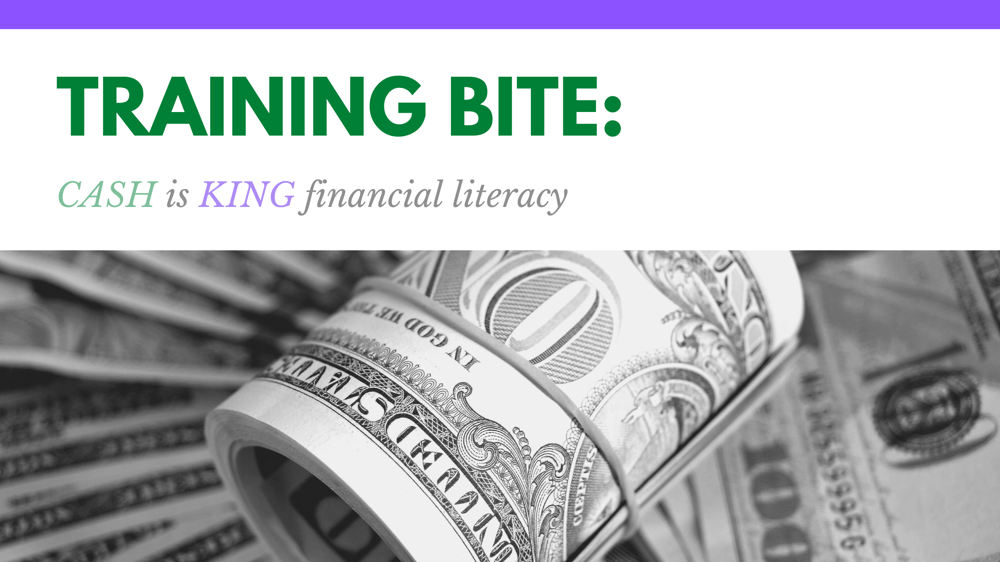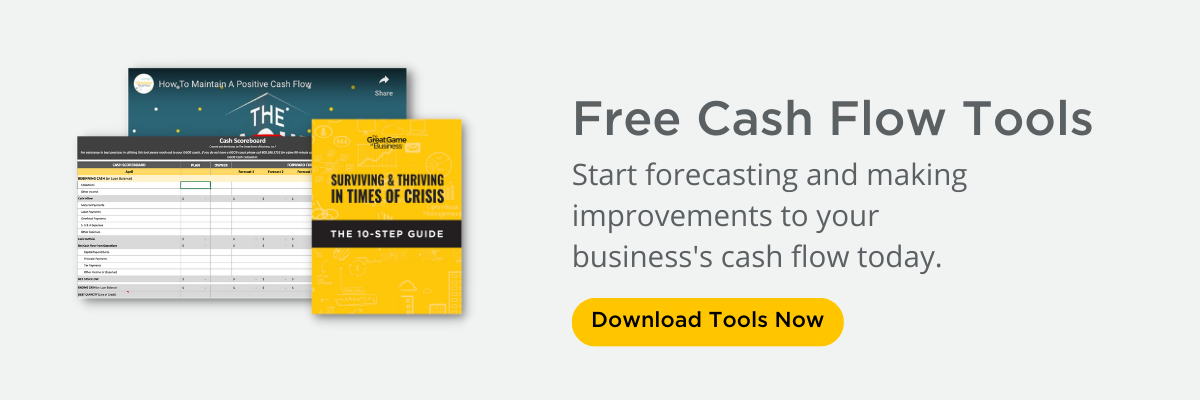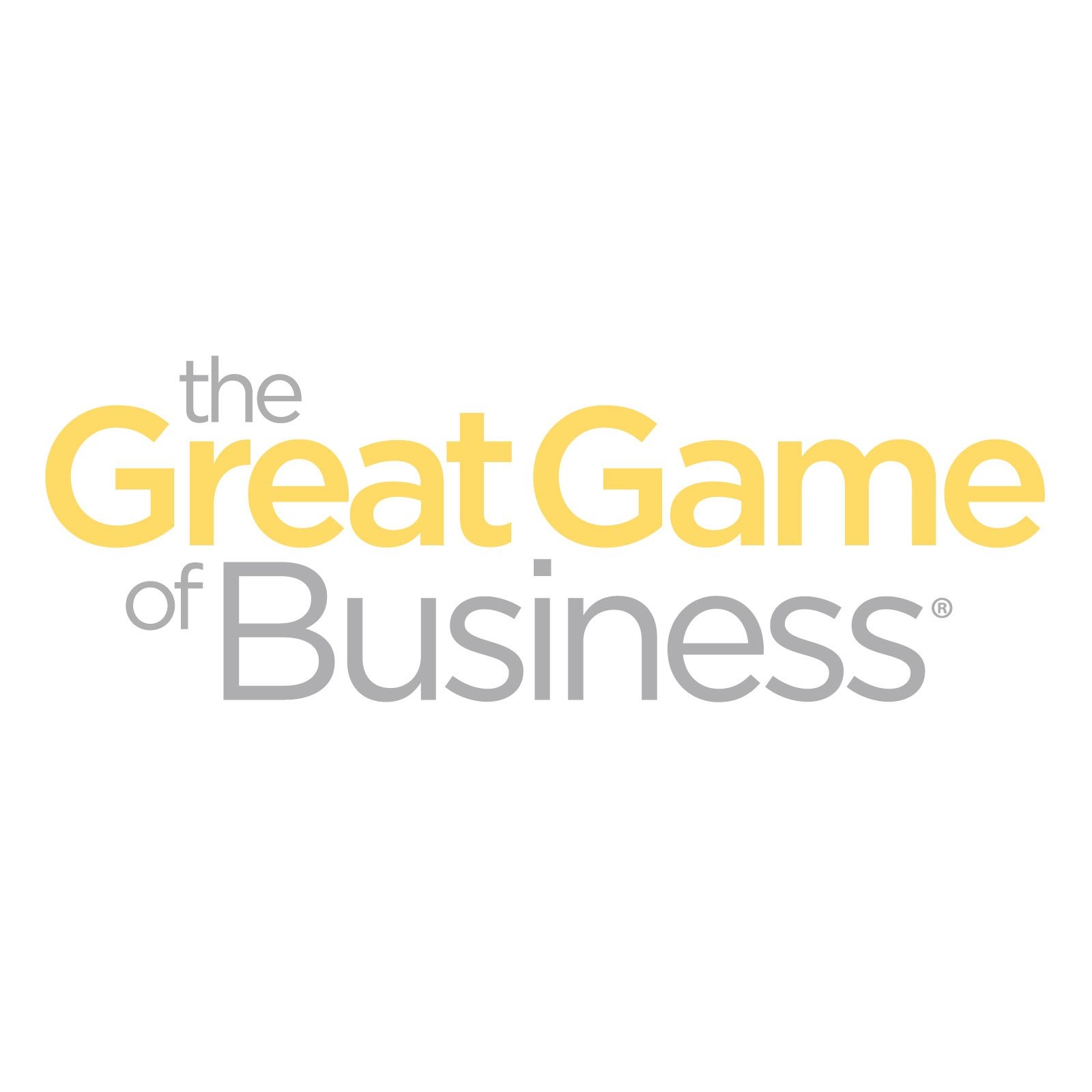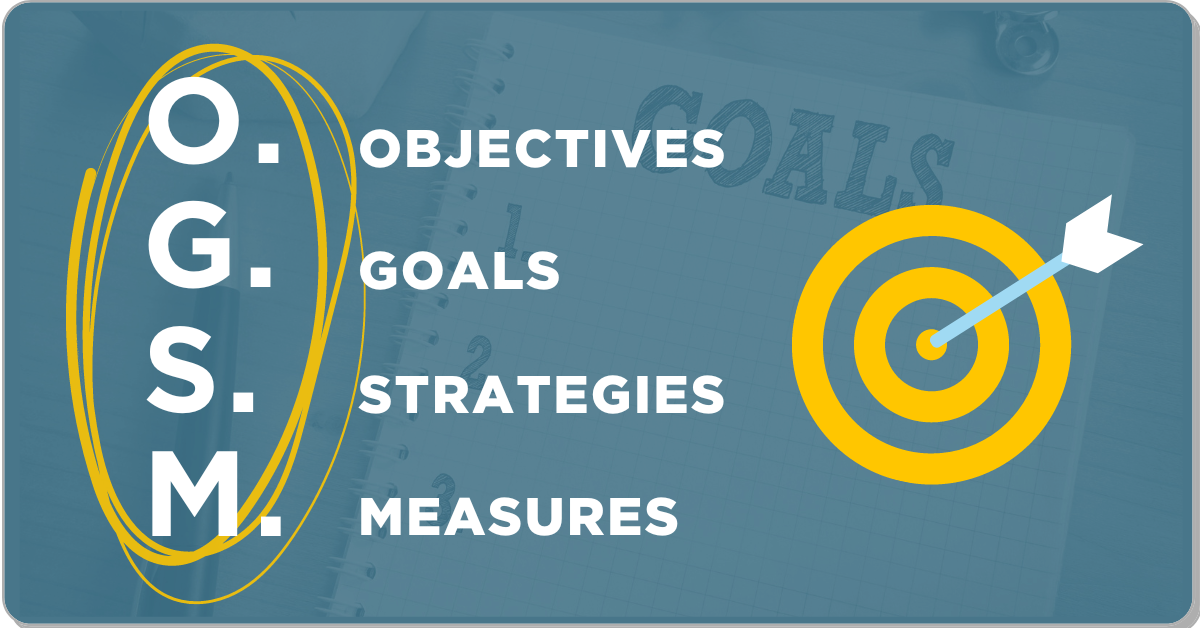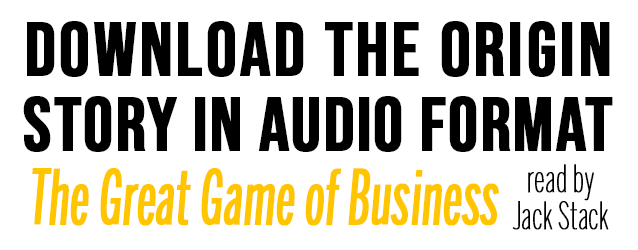Let's face it, the most important thing in business is CASH. Cash is the oxygen of every business. When you have cash, your business can breathe. Cash enables it to survive and prosper.
While businesses can survive for a short time without growing in sales or profits, without cash it simply will not survive.
This is why the inflow and outflow of cash must be carefully watched and managed.
Educating Employees to Improve Cash Flow
If you asked your employees right now, “Who generates cash in the business?”...what would they say? Would they point to the sales team or the management team? Someone else?
In reality, the employees generate and ultimately control cash in your company. Unfortunately, very few employees receive the education, information and reinforcement they need to really understand how their decisions directly impact the company’s performance.
If your company operates in an open-book fashion, it's likely you’ve taken steps to ensure your employees have access to vital financial information.
The next step is to ensure they understand the financial metrics in your business, one of the most important being cash.
Cash generation is the difference between all the cash that flows into the business and all the cash that flows out of the business. Cash flows into the business from sources like product sales and from lenders or investors. Cash flows out of the business for items like wages, materials, sales made on credit, equipment purchases, inventory and tax payments. But how do you clearly demonstrate this process to your employees?
We’ve put together a training bite (a short and simple training tool) to help you explain the concept (and importance) of cash to your employees in less than 15 minutes.

Goal:
Demonstrate the flow of cash through the business and highlight the many decisions that they must make in order for the company to not only survive, but also prosper.
Materials:
- 8 - 10, clear two-liter soft drink bottles
- Black marker
- Water
- Food coloring
- Copy of the company’s cash flow statement and income statement (provided as reference)
Set-up:
Using the clear two-liter soft drink bottles, write your sources of cash (i.e., sales and lenders) with a black marker on some of the bottles. Next, write the names of cash outflow items on several other bottles (i.e., COGS, receivables, expenses, bonus, capital, etc.). Fill the sales and lender bottles with colored water before starting the demonstration.
Playing The Game:
- Explain to your group that the water in the first bottle represents the cash inflow sales (your primary source of cash). While explaining and educating everyone on each of the cash outflow items, slowly fill each of the other two-liter bottles with water from the sales bottle to represent that cash outflow’s respective share of the total cash inflow (sales). As each bottle is filled, be sure to emphasize to everyone how much water is left in the original bottle.
- Use this demonstration to highlight several different cash flow scenarios. Be sure to emphasize how the income statement is different from the cash flow statement and that while a company can be very profitable, it can still run out of cash.
For example, at the beginning of the exercise pour some of the sales water into the accounts receivable bottle to represent sales on credit. Continue pouring water from the sales bottle as you explain other company outflows, such as COGS and debt payments. Use some excess sales water to explain capital investments. - As you proceed through this demonstration, keep in mind any real cash flow examples you can share with your employees. As you begin to run out of water before you reach some of the other bottles, ask the group questions like: What options do we have? What about the extra water in the accounts receivable bottle? What could we use that for? Also, show your group what decisions they need to make when they have excess cash and how these decisions can sometimes be just as difficult as when you are short on cash.
For many employees, this type of visual learning experience can help solidify not only how cash works, but also how little cash is often left in the company after costs and expenses are paid.
Educated businesspeople (regardless of what level they are at in the organization) will ask the questions:
-
-
-
- Is the business generating enough cash?
- What are the sources of cash?
- How is the cash being used?
-
-
A businessperson who fails to ask these questions will ultimately regret it.
Have you found any other creative ways to explain the importance of cash to your employees' financial literacy training? Share your ideas in the comments below!
Do you need a tool to help you figure out your cash for the next 90-days? Click ↓ for a free 60 day webinar and 90*Day Cash Tool.
More Articles You Might Like:
-
Financially Literate Employees Means Stronger Financial Plans
- How to Get Started Tracking Your Business Metric
.png)


